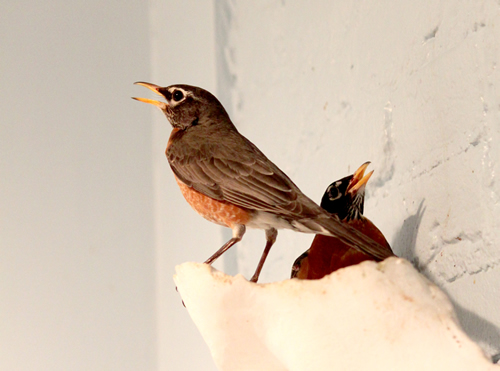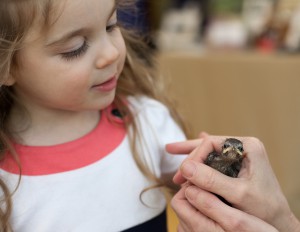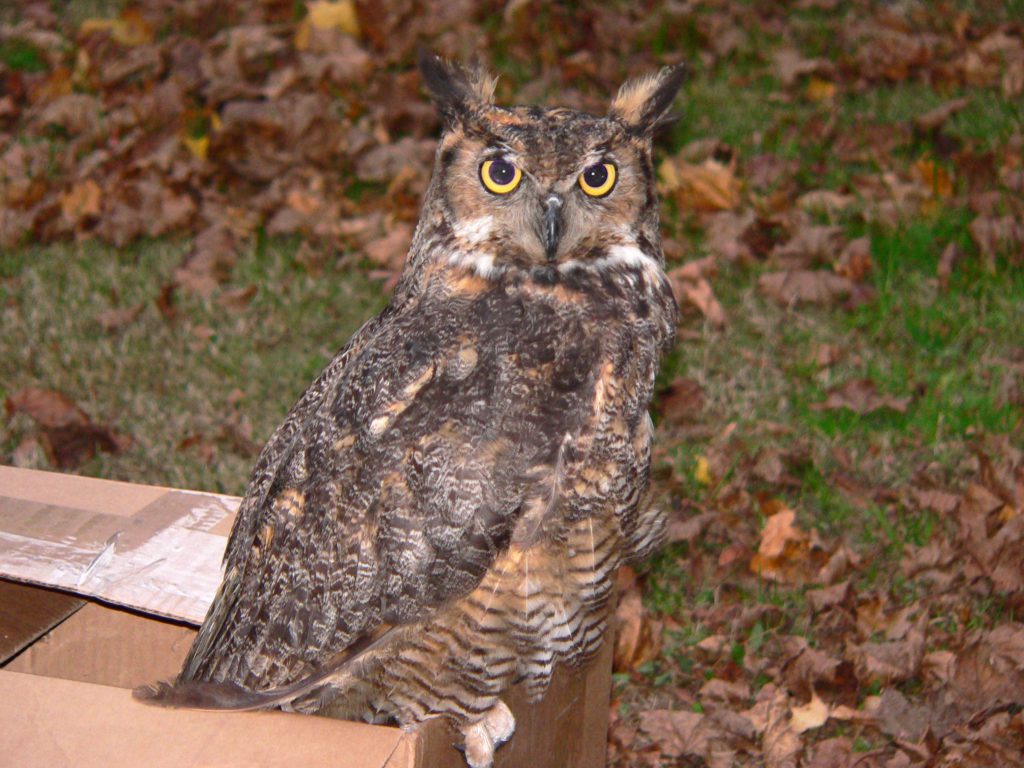Wild Bird Fund
The Big Apple is a major refuge layover destination for hundreds of our avian friends. In fact, according to the Wild Bird Fund over 355 species of birds touch down during the spring and fall migrations. Our current environmental conditions are challenging for these birds on the migratory pathways such as with high rise buildings, human interference, and cat attacks. Having a sanctuary for rehabilitation is becoming increasingly important so the birds can safely migrate.
Our Avian Friends
Some of the patients found at the sanctuary include a Great Horned Owl, Red-tailed Hawk, American Robin, and Ruddy Duck. When a bird is found sick or unable to fly, the WBF is who people call in New York City so they can be provided the proper medical attention and care needed to be let back into the wild.

One of many such rescue stories comes from Joan, who while walking on the Upper East Side spotted two robins huddled together after a winter storm. It was reported that the birds were puffed up, hypo-thermic and completely still. After taking them to The Wild Bird Fund, they came to find the male had suffered a humeral fracture of the wing which prevented him from flying. The female was completely fine and believed to have been staying with her mate to bring him food.
The refuge has stated that 90 percent of the animals brought to them each year have been indirectly or directly injured by human activity. Therefore, they feel it is crucial to educate the public, especially children, with hands on learning and real-life observation. The organization strives to teach people how to co-exist with New York City wildlife.
The Future of Wildlife
Many NYC children are raised to see pigeons as an urban annoyance. However, pigeons are very intelligent and are an important part of a growing city. Often, they are dirty and wrapped in plastic from pollution left behind on bustling city streets. At Pigeon Academy, children receive an observation journal, classroom visits with live ambassador animals, and much more. These environmental awareness skills lay the foundation for establishing life long partnerships that are healthy and mutually beneficial with all of existence.
The fall is a major migration season and although it is still warm, many of them have begun to fly south. The WFB website mentions that each autumn millions of birds pass over New York City and many are stopped dead by buildings. The Wild Bird Fund has joined with New York City Audubon to protect and provide a clear safe passage on their journey towards warmer weather.

There are some things we can do at night from September 1 through November 15 like turning off all unnecessary indoor and outdoor lights and closing the shades. This way our wild feathered friends can find their way by starlight to their destination. You can also check the Local Bird Migration Alert page of the BirdCast website for nights when radar predicts heavy migration.
For more information about this incredible organization you can visit them on their website. The Wild Bird Fund is a state and federally licensed 501(c)(3) that rehabilitates sick, injured, and orphaned wildlife and releases them back to the wilds of New York City. The work is funded by donations and accomplished by an animal care staff of about 30 along with many dedicated volunteers.



